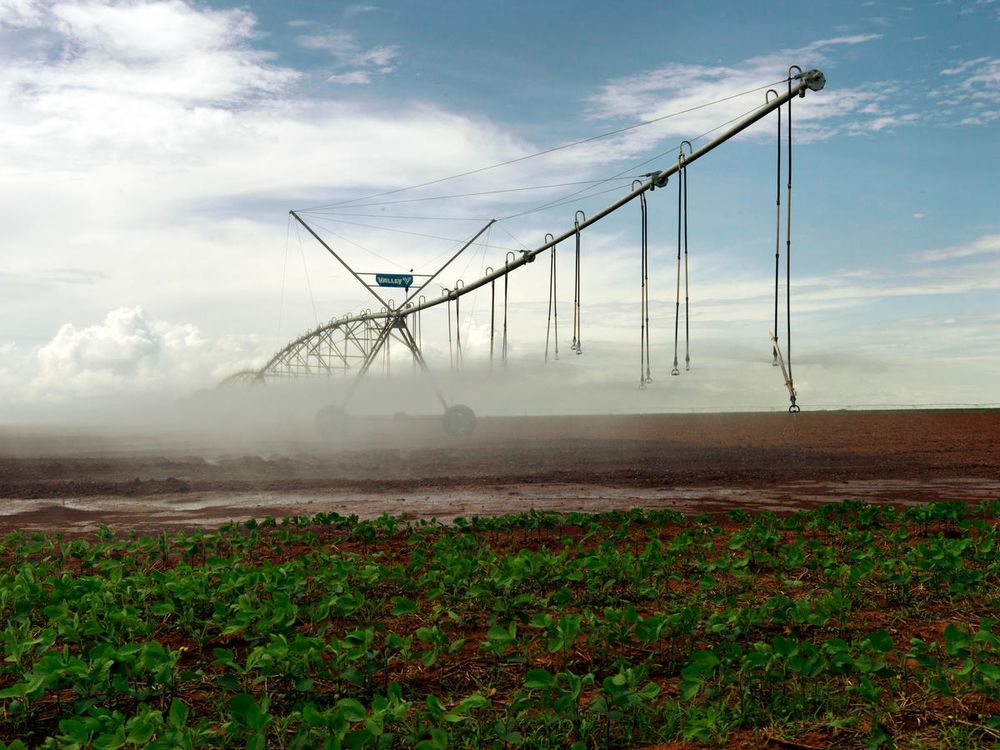Saving the world from climate change is one of those things. Everyone has a different idea of it. We think about reducing a flight for vacation; more cycling, less SUV in the city. For light and warmth in your home, wind turbines should rotate instead of coal in power plants burns. But we rarely think about our food. What we put in the shopping basket has an effect on climate and environment. Whether cheese sandwich, sausage salad or tomatoes - climate protection starts on the plate.
The Intergovernmental Panel on Climate Change (IPCC) indicates that up to 37 percent of the world's greenhouse gas emissions comes from global food systems. This figure includes all emissions along the value chain. For the German CO2 footprint per head, the numbers are similarly dramatic. With our average footprint of 8.6 tons, 2.3 tons CO2 comes from our diets. That is almost one third of the total emissions per capita, the same emission value as for mobility.
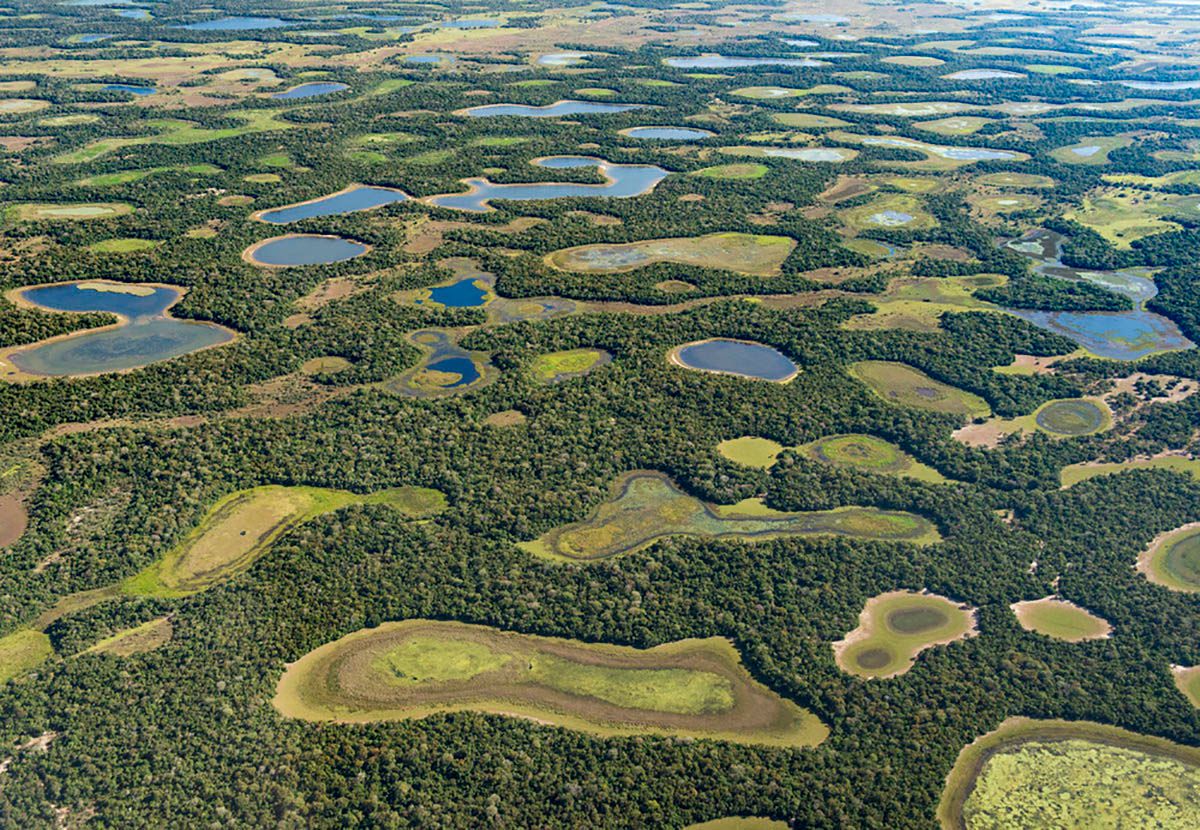
Natural Habitats transformed into Farmlands
Everything we eat comes from somewhere. For the total food demand in Germany, we need a total agricultural area of 19.5 million hectares. Since we only have just under 17 million hectares of agricultural land available in Germany, we occupy a considerable amount of land in other regions of the world. In this way we contribute to the pressure on land, which leads to natural habitats being converted into arable and pasture land.
This transformation of the landscape not only releases vast quantities of greenhouse gases, but also causes the loss of valuable carbon dioxide reservoirs on earth.
Fertilisers, processing, refrigeration, packaging and transport cause the carbon footprint from food to continue to grow. If we do not want the climate crisis to permanently destroy the basis of our existence, we will have to change our food systems in many respects. We only have this one planet to provide us with food.
Animal husbandry causes biodiversity loss
Animal husbandry is by far the largest land user worldwide and the worldwide demand for meat continues to grow unabated. About 70 percent of biodiversity loss and 80 percent of deforestation are related to the production of food and
livestock feed. Of the 19.5 million hectares of agricultural land, which we use in total for the production of our food needs, 15.2 million hectares of land are used for producing animal feed, including soya. Brazil is second largest supplier of soy for Germany.
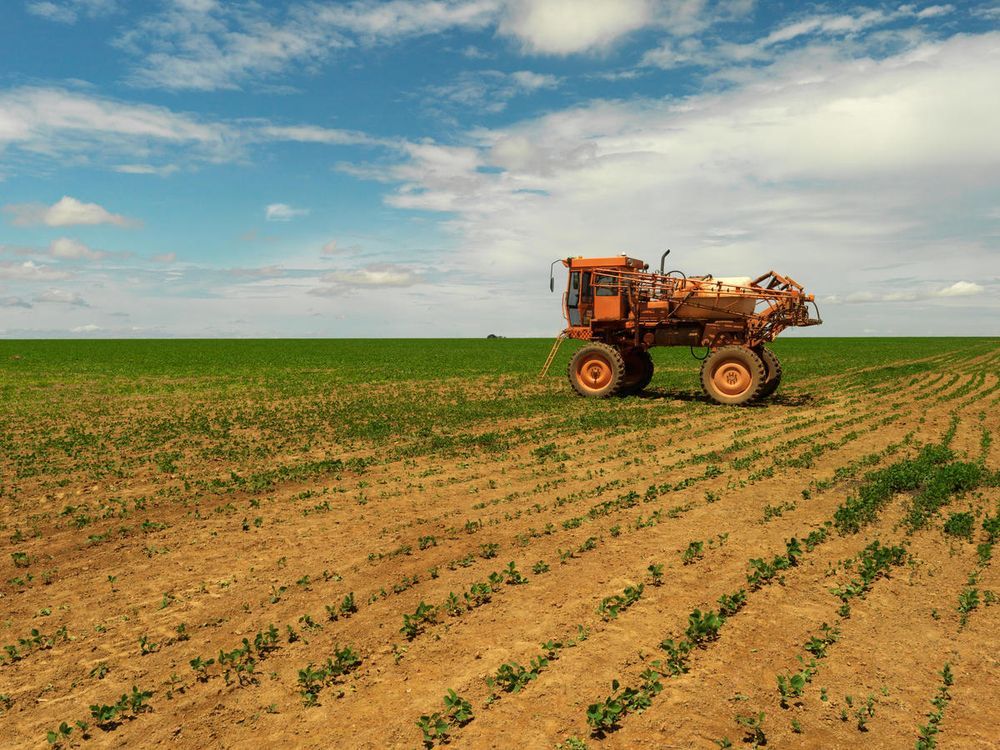
Soyabeans serves as feed for pigs, chickens and cattle kept for our consumption. The cultivation of beans destroys valuable ecosystems elsewhere in the world. Recent research shows that the soybean meal imported into the European Union comes from areas with high deforestation pressure, such as Brazil.
The forest fires are raging there worse than ever. In the first five months of this year alone, 2,000 square kilometres of forest were lost - 49 percent more than the average of the last four years.
Another dramatic example: the Brazilian savannah, the Cerrado, is one of the most species-rich and endangered tropical ecosystems on earth. Only 20 percent of the original vegetation of the Cerrado is still preserved. With our food we also contribute to the destruction of unique habitats. Biodiversity is the most important asset of our planet. It includes ecosystems and habitats, the diversity of animal and plant species and genetic diversity within species.
Loss of fertile soil and biodiversity
As with the climate catastrophe, we are also in crisis here. Today we are witnessing the greatest extinction of species since the end of the dinosaur era 65 million years ago. The conservation of biological diversity is the basis of human life. Not only food, but also medicine, raw materials, clean water and air are some of the important things that nature provides us with.
Fertile soils are another very scarce resource that is given far too little attention. All over the world, soils are threatened by erosion, salinisation, pollution and sealing. According to the latest estimates, 52 percent of our globally available arable land has already been degraded. Fertile soils are the very basis of our existence.
In addition, the global population increase is causing per capita agricultural land to decline. In 1950, 2.5 billion people still had an average of 5,200 square metres of land at their disposal; by 2050, the figure will be only 1,700 square metres for an estimated nine billion people.
Sustainable diets for climate protection
The opportunity to conserve resources and protect the climate is part of the daily routine at the dining table. Every bite counts. Small changes have a big effect. Even the classic hamburger shows the difference our habits can make when it comes to space consumption: a hamburger takes up 3.6 square metres of space, with the meat of the burger alone taking up 3.4 square metres. A plant-based diet helps to protect biodiversity and the climate.
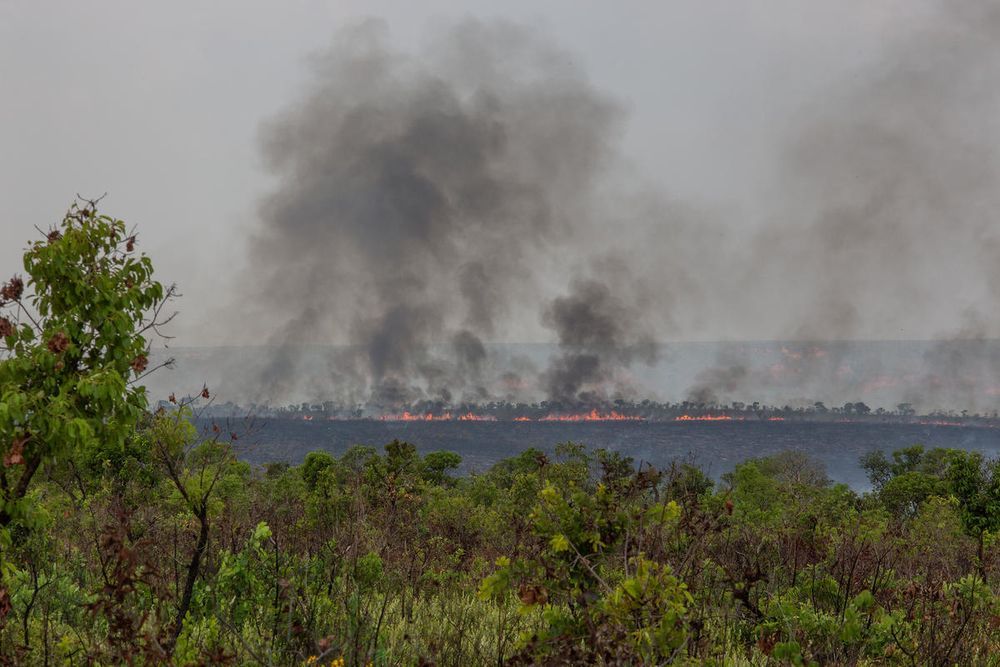
The effects on the climate through our decisions about what we put on the plate are enormous.
This is also shown by WWF calculations to the so-called Sunday roast. A family of four, where meat only ends up on the plate once a week, saves 27 million CO2 equivalents per year. This corresponds to a car journey of 11,000 kilometres - from the North Cape to the Mediterranean coast of Portugal and back. Even a meat-free day per week saves a family of four already nine million CO2 equivalents per year, about 3,600 kilometres by car.
But a major problem for the climate is not only meat-heavy diet. One third of all food produced is never consumed. It is lost from the field to the plate. According to the Intergovernmental Panel on Climate Change, 8 to 10 percent of global greenhouse gas emissions to the account of food losses.

But there is also potential and hope: Concrete measures in agriculture and in the food sector can reduce greenhouse gases by up to 20 percent guide. This is shown in a current report, which the WWF has published with the United Nations Environment Programme (UNEP). The reduction of food losses, the conversion to more sustainable diets and further measures lead to a reduction of emissions of up to 12.5 gigatons carbon dioxide.
In both consumption and production, we must arrive at a food system that reduces environmental impact while improving human health. A fair and sustainable food system within the planetary limits not only contributes to sustainability goal 13 to combat the climate crisis, but also to food security (goal 2), healthy life for all (goal 3), sustainable consumption and production (goal 12) and the protection of rural ecosystems (goal 15). It is worth it, we only have this one planet.
Join in
If you want to think outside the box when it comes to climate protection and what you would like it to be, please visit the VHS course "klimafit" offered by WWF at an adult education center in your area. More information: www.wwf.de/klimafit
Download of the German publication "Das große Fressen"
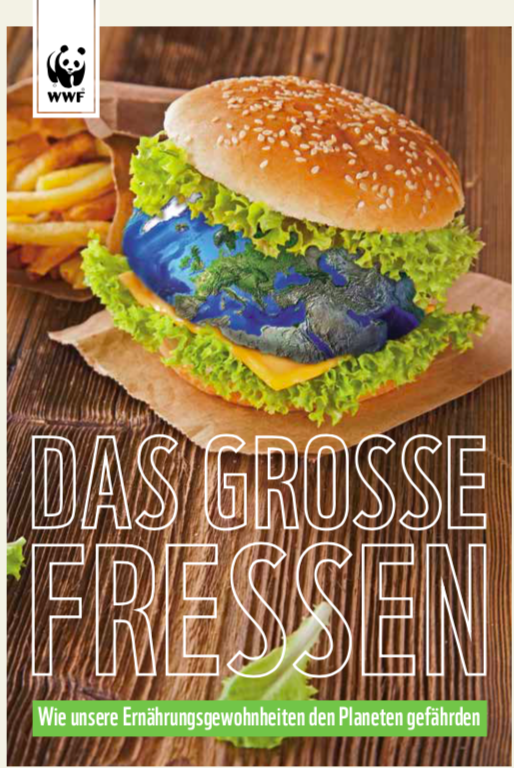
An Advertorial from WWF, translated by Sayanti Sengupta
Headerbild: Remote-controlled, giant sprinklers in the Cerrado in Brazil ever divide the water on the soybean seed. Soybeans are among the most intensive crops, i.e. they consume large quantities of water. © Peter Caton/WWF-UK
Translation from German to English: Sayanti Sengupta


